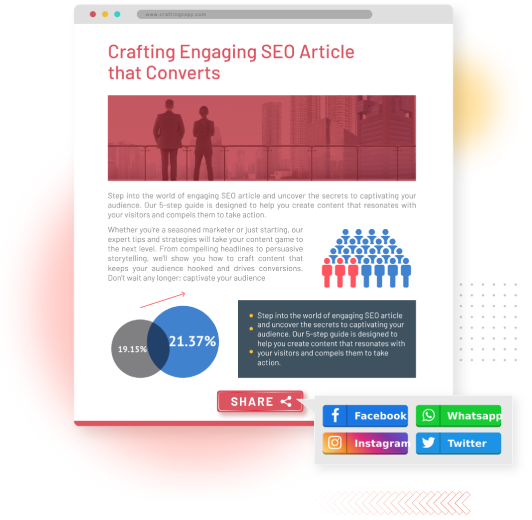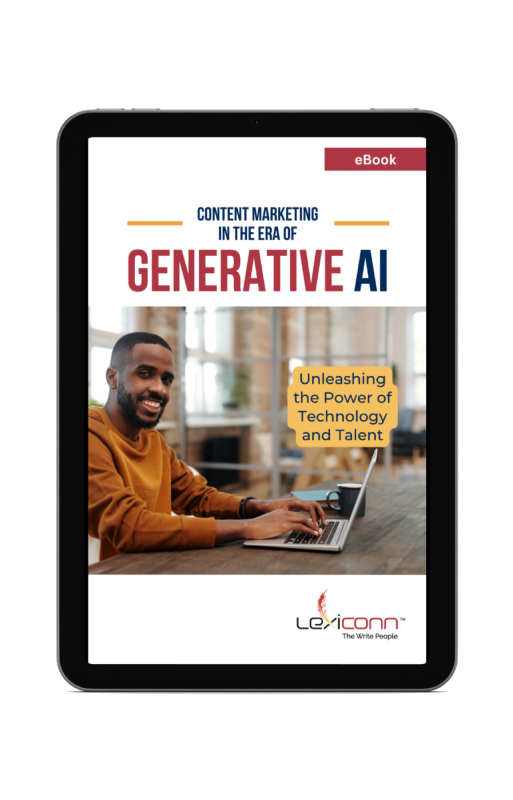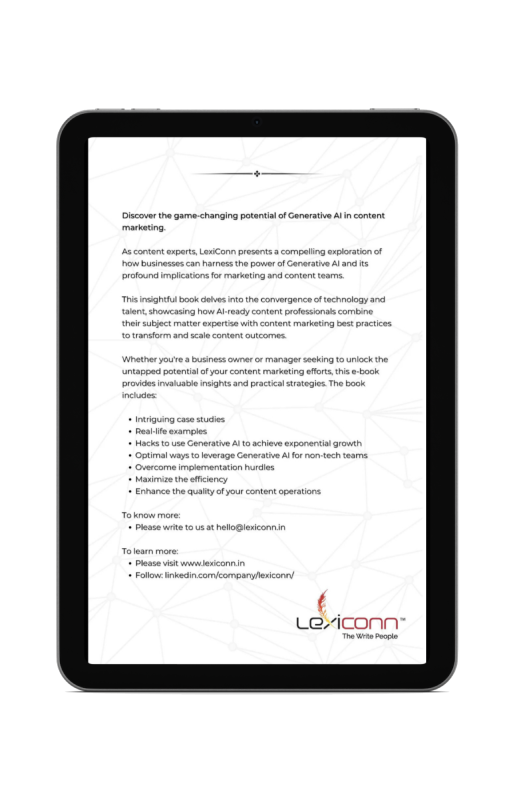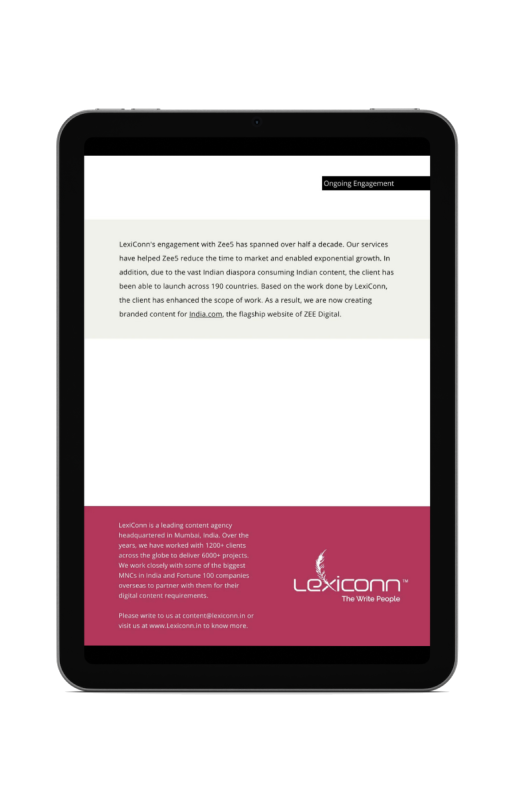
This blog will explore the differences between thought leadership and promotional content, why both are important and how to strike the right balance. We'll also delve into how B2B LinkedIn marketing and a well-crafted social media strategy for enterprises can help you achieve this balance. Whether you're an executive looking to enhance your LinkedIn branding or a professional aiming to build a strong personal brand, this guide will provide actionable insights to help you succeed.
Thought leadership is about sharing insights, ideas, and expertise that position you or your brand as an authority in your industry. It's not about selling a product or service; it's about providing value to your audience by addressing their pain points, answering their questions, and offering solutions to their problems.
For example, a CEO might publish a LinkedIn article discussing the future of AI in their industry, offering unique insights and predictions. This type of content builds trust and credibility, making the audience more likely to turn to that CEO (and their company) when they need a solution.
Promotional content, on the other hand, is focused on selling a product, service, or brand. It highlights the features, benefits, and value propositions of what you're offering. While thought leadership is about educating and inspiring, promotional content is about converting.
For example, a LinkedIn post announcing a new product launch, complete with a call-to-action (CTA) to learn more or sign up, is promotional content.
| Aspect | Thought Leadership Content | Promotional Content |
|---|---|---|
| Purpose | Educate, inspire, and build trust | Sell a product, service, or brand |
| Focus | Industry insights, trends, and solutions | Features, benefits, and value propositions |
| Tone | Informative, educational, and authoritative | Persuasive and action-oriented |
| Audience Engagement | Sparks conversations and builds relationships | Drives immediate actions (e.g., clicks, sign-ups) |
| Long-Term Impact | Builds long-term credibility and authority | Generates short-term results |
While promotional content is necessary, overdoing it can alienate your audience. People don't want to feel like they're constantly being sold to. If your LinkedIn feed is filled with nothing but promotional posts, your audience may tune out or even unfollow you.
On the other hand, focusing solely on thought leadership without any promotional content can leave your audience wondering what you actually offer. While they may admire your insights, they might not connect them to your products or services.
The key is to strike a balance where your content provides value while also guiding your audience toward your offerings. A good rule of thumb is the 80/20 rule: 80% of your content should be educational, inspirational, or thought leadership-focused, while 20% can be promotional.
Before creating any content, it's important to define your goals. Are you looking to build brand awareness, generate leads, or establish yourself as a thought leader? Your goals will influence the type of content you create and how you balance thought leadership with promotional content.
To strike the right balance, you need to understand your audience's needs, preferences, and pain points. What kind of content do they find valuable? What questions are they asking? Use tools like LinkedIn Analytics, surveys, and customer feedback to gain insights into your audience.
A content calendar helps you plan and organize your content, ensuring a good mix of thought leadership and promotional posts. Here's an example of how you might structure your content calendar:
| Week | Thought Leadership Content | Promotional Content |
|---|---|---|
| Week 1 | Blog post on industry trends | Product launch announcement |
| Week 2 | LinkedIn article on leadership insights | Case study showcasing client success |
| Week 3 | Infographic on emerging technologies | Webinar invitation |
| Week 4 | Video interview with an industry expert | Special offer or discount promotion |
LinkedIn is the ideal platform for both thought leadership and promotional content, especially for B2B LinkedIn marketing. Here's how to make the most of it:
Storytelling is a powerful way to blend thought leadership and promotional content. Share stories about your journey, your clients' successes, or how your product/service solved a specific problem. This approach humanizes your brand and makes your content more relatable.
Finally, it's important to measure the performance of your content and make adjustments as needed. Use analytics tools to track metrics like engagement, clicks, and conversions. If you notice that your promotional content isn't performing well, consider tweaking your approach or rebalancing your content mix.
HubSpot is a master at balancing thought leadership and promotional content. Their blog is filled with educational articles on marketing, sales, and customer service, but they also include subtle CTAs to their products and services. This approach builds trust while driving conversions.
Salesforce uses storytelling to blend thought leadership and promotional content. Their "Customer Success Stories" showcase real-world examples of how their products have helped businesses, providing both inspiration and proof of value.
Gary Vaynerchuk is a prime example of how to balance thought leadership and promotion. His LinkedIn posts are a mix of motivational insights, industry trends, and promotional content for his books, courses, and events. His authenticity and value-driven approach have earned him a massive following.
While the technical aspects of balancing thought leadership and promotional content are crucial, one often overlooked element is the emotional connection you build with your audience. In today's digital landscape, where consumers are bombarded with information, it's the emotional resonance of your content that can truly set you apart. This section explores why emotional connection matters and how you can weave it into your content strategy to strike the perfect balance.
LexiConn specializes in LinkedIn branding for executives and B2B LinkedIn marketing, helping leaders articulate their unique perspectives and drive meaningful conversations. Here's how LexiConn can support your thought leadership journey:
At LexiConn, we specialize in helping executives and professionals build their personal branding and LinkedIn branding through a balanced content strategy. As a leading content marketing agency in Mumbai and a trusted content writing agency in India, we offer a range of services, including:
Visit us at www.lexiconn.in or drop us a line at [email protected] to learn more about our services. We also offer a free 30-minute content consultation session to help you get started. Book your session now.



I have read and accept the Privacy Policy
Read More